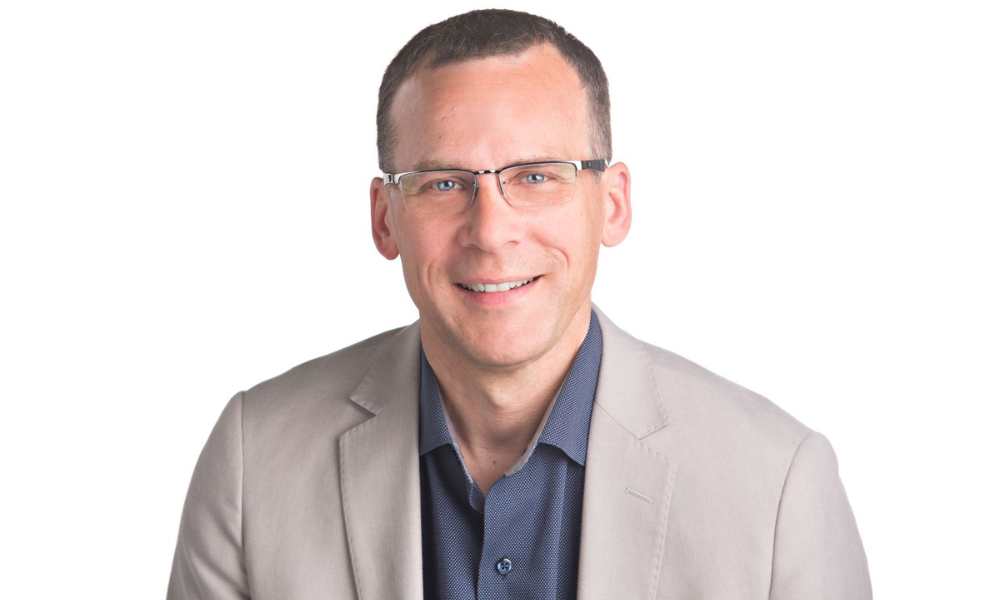CFRs have some people scrambling, but most advisors are adept at KYC, says CTO

Advisors who have been scrambling to keep up with all the technology to satisfy the client-focused reforms (CFR), especially for the know-your-client provisions, should be adopting what fits their process rather than making their processes fit the technology, insists one technology consultant.
“My observation is that people forget advisors have been doing what they’ve been asked to do for a long time before the CFR,” Kendall McMenamon, Four Eyes Financial’s chief technology officer and co-founder, told Wealth Professional.
“I think the big push for the new CFR regulations was that they were basically saying that advisors needed to have meaningful interaction with their clients regardless of the tools or technology, which we all know advisors have been doing for years. They’ve just had those notes on paper, or in a CRM somewhere, or sitting in a Word document they’ve typed. I think the biggest thing advisors are looking at now is: ‘how do I evidence my work consistently? How can I leverage technology to evidence my work, so I can show the regulators that I’m having meaningful interactions with my clients?”
McMenamon said Four Eyes is building adoptable wealth technology for advisors because “everyone’s been throwing tools at advisors for years”. He noted many advisors are only 20% of the features on systems like Salesforce.
“I think for advisors going forward and adapting technology, it’s really trying to find something that simply fits within their existing process,” he said. “It helps them leverage what they’ve already been doing with their clients, but have quicker access to that material. It’s really no different with KYC obligations. It’s really about collecting and maintaining information about their client’s identity, reputation, and credit worthiness when they’re buying certain products. It’s just being able to access that information for the regulator when called upon.”
McMenamon recommended that advisors leverage their existing process with technology rather than making their processes fit the technology, especially since their processes vary. Some like to collect a lot of information upfront. Others collect more when onboarding a client.
“We took the approach that, as long as you’re collecting that information in one way, shape, or form and getting it into the system, the processes downstream will automatically flow, depending on the information you gather,” said McMenamon. “Technology can trigger the process, but then the advisor is still taking over with the conversation and collecting that information.”
He noted that their IIROC or MFDA mandate already requires that, but then the advisors need to maintain their notes to show their process work and figure out how technology can help them simplify the process so they can manage it more stringently in the future.
“I don’t think advisors were resistant to the process because they were already following the process. Everyone who talks with an advisor has to go through a risk tolerance profile or questionnaire of some kind. I think the biggest challenge for advisors was being given so many technology options and being told ‘you must do this’ versus taking the approach that they’re already doing this work. So, how do you adapt the technology to fit your process instead of adapting the process to the technology? That’s what they need to focus on.”



